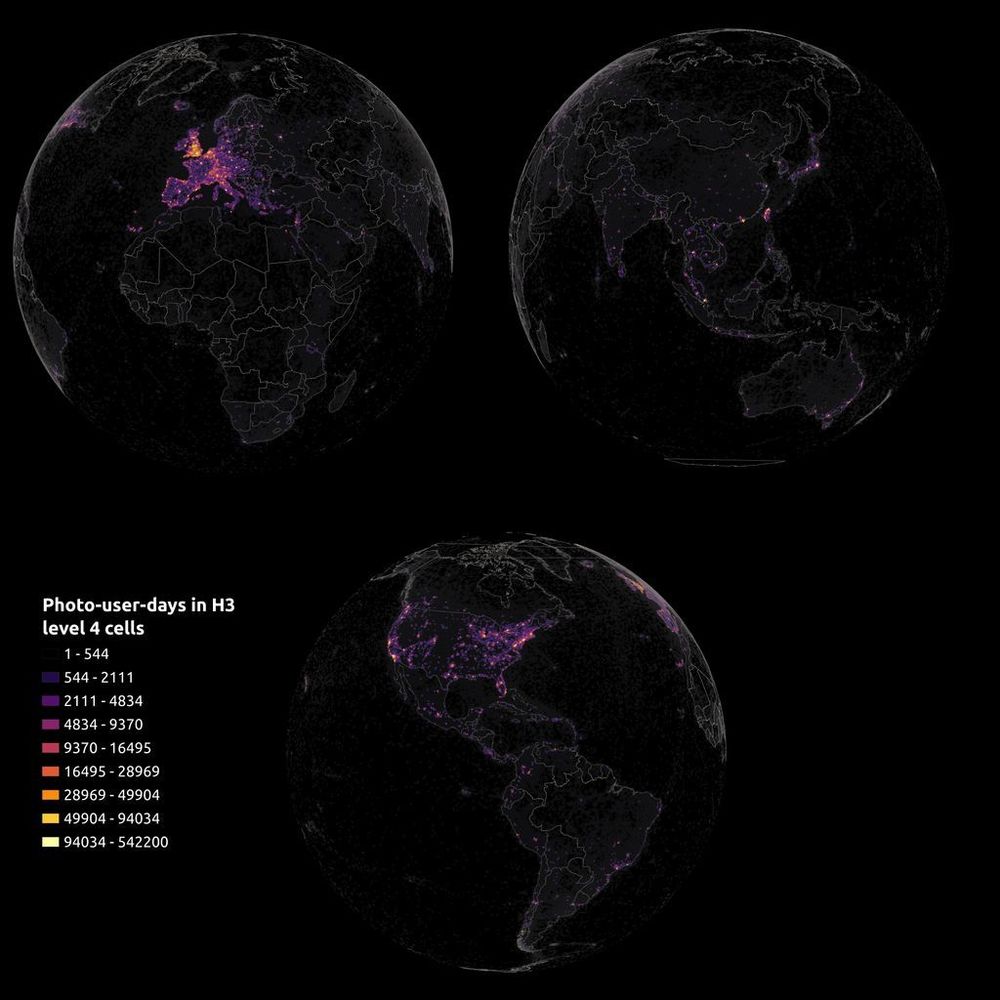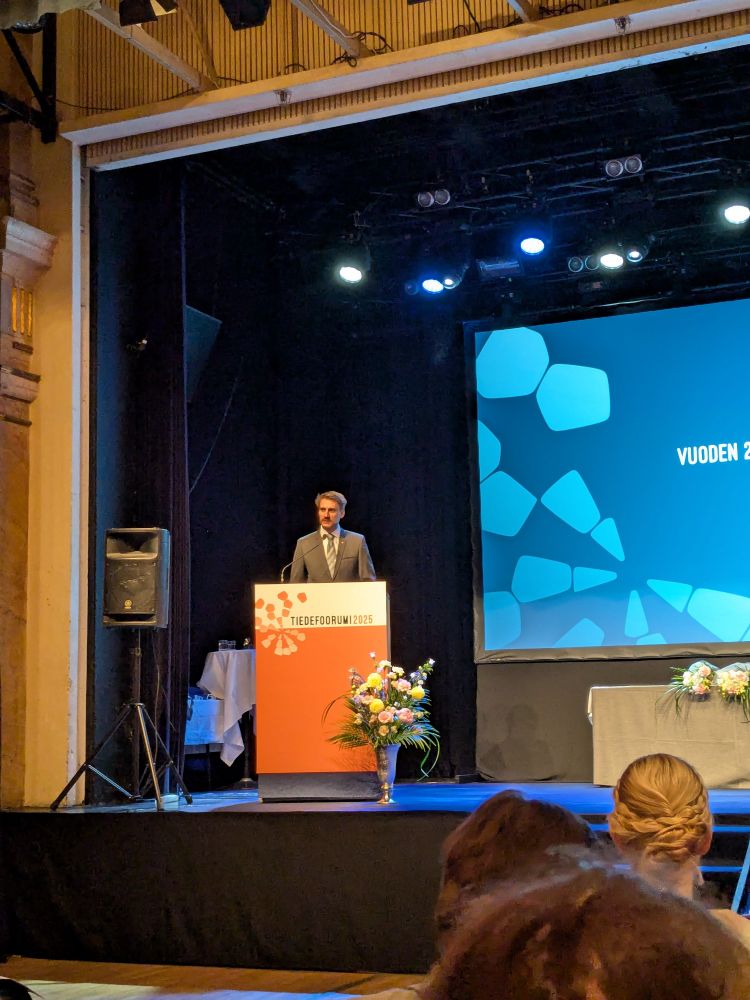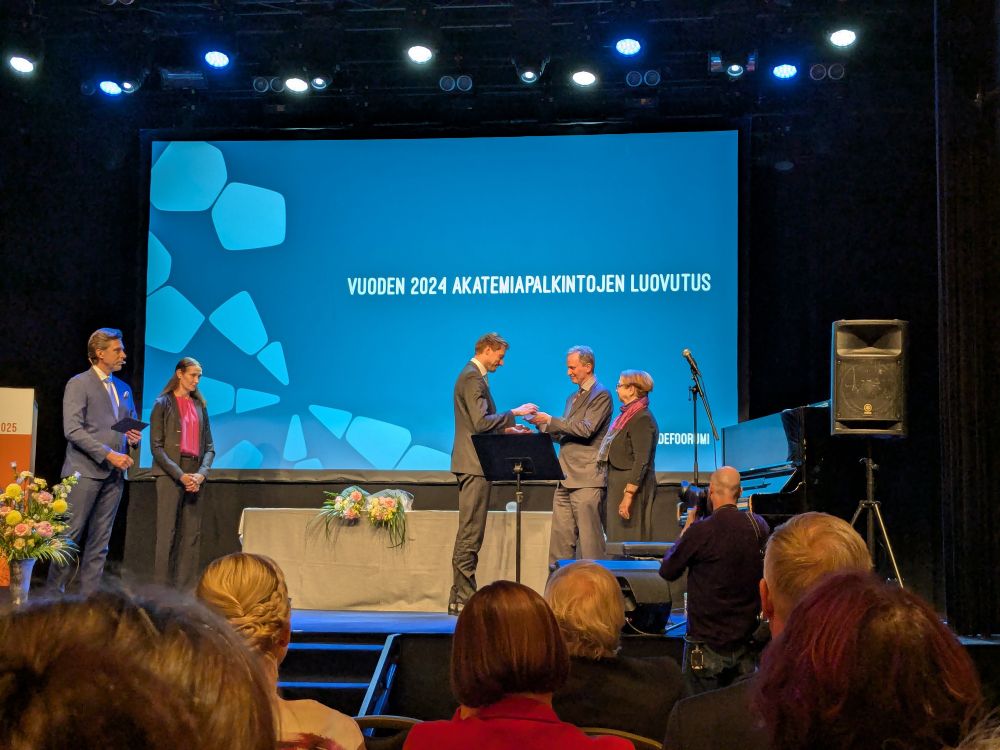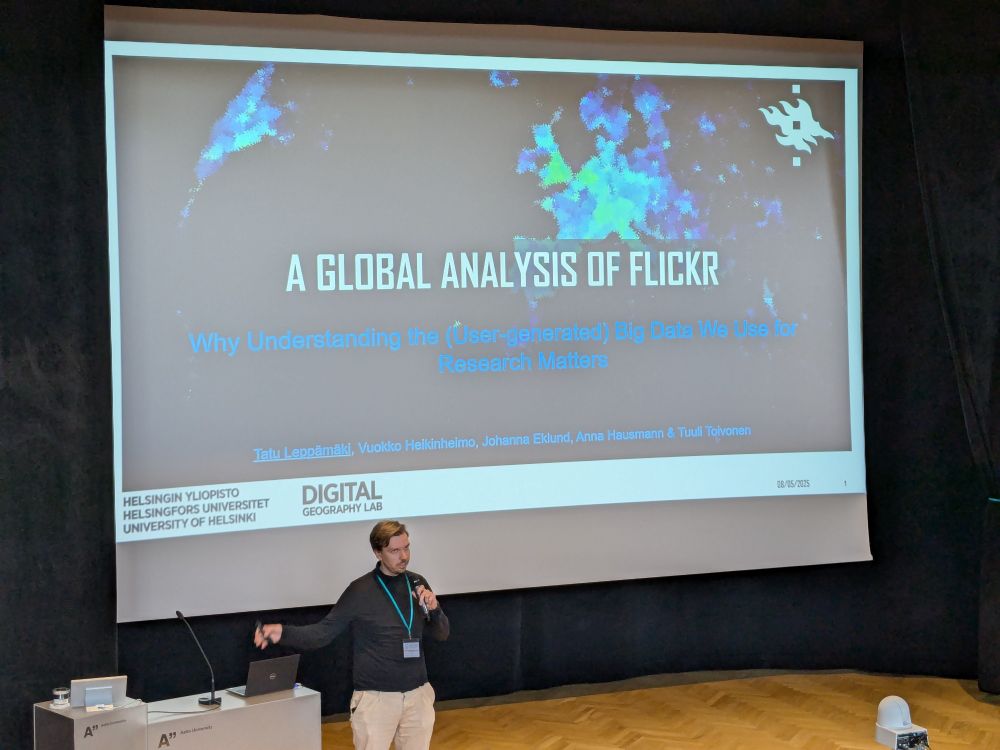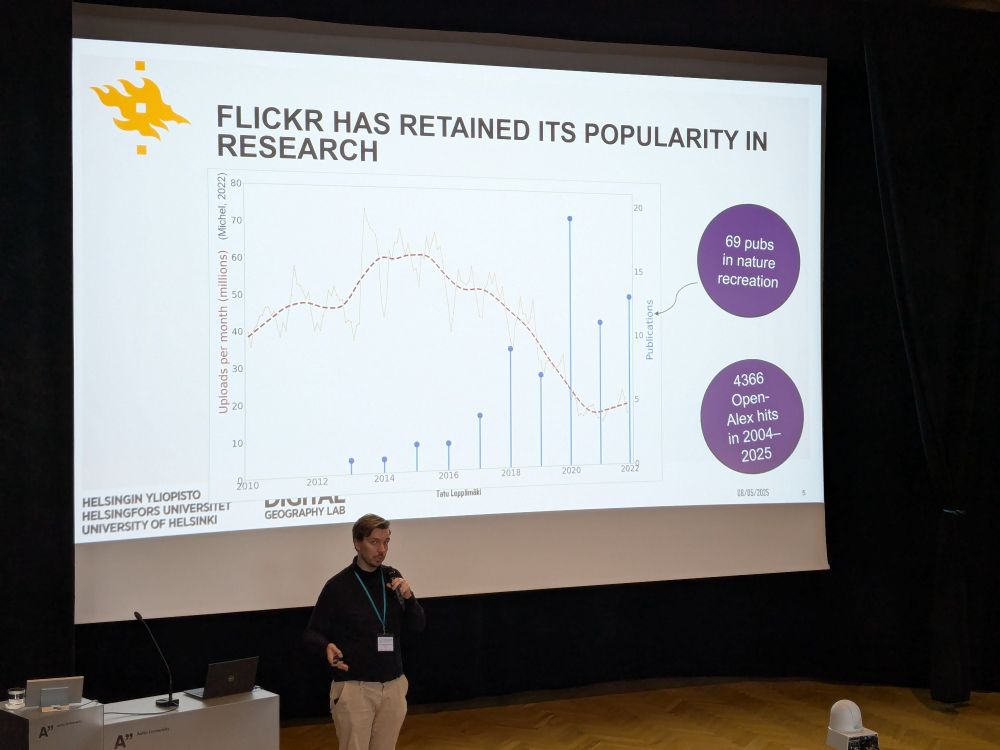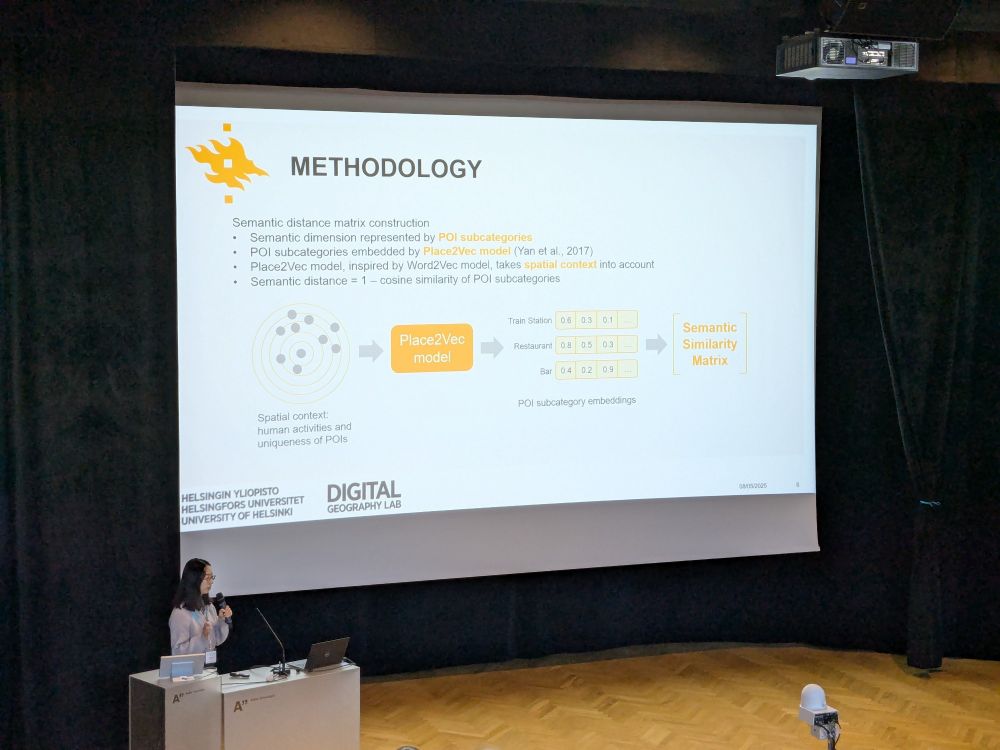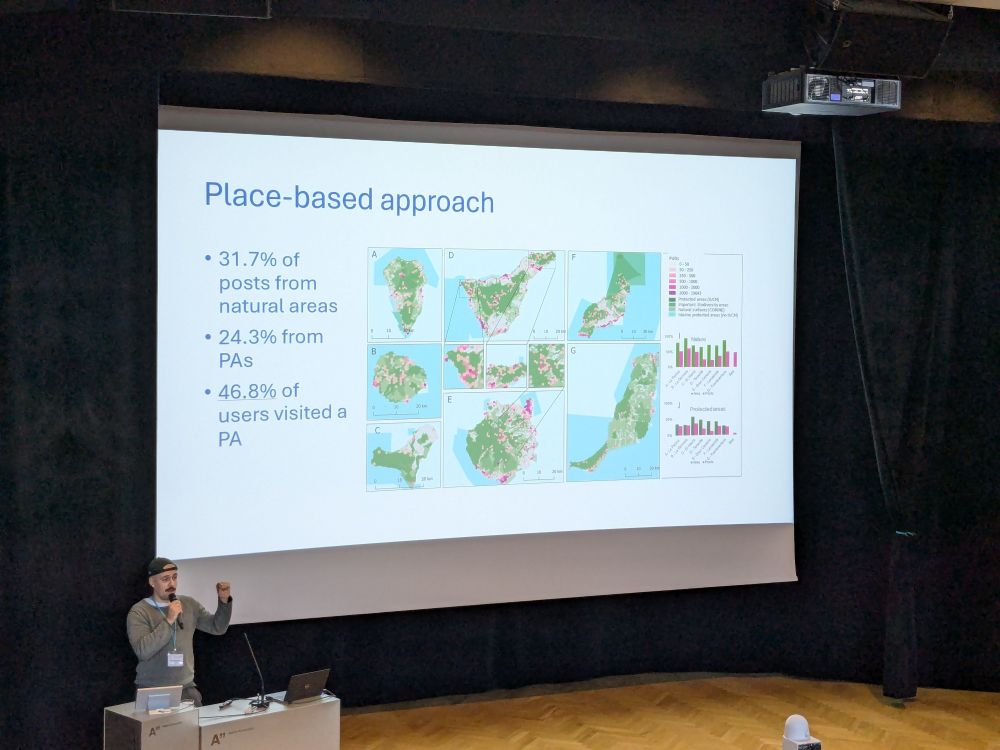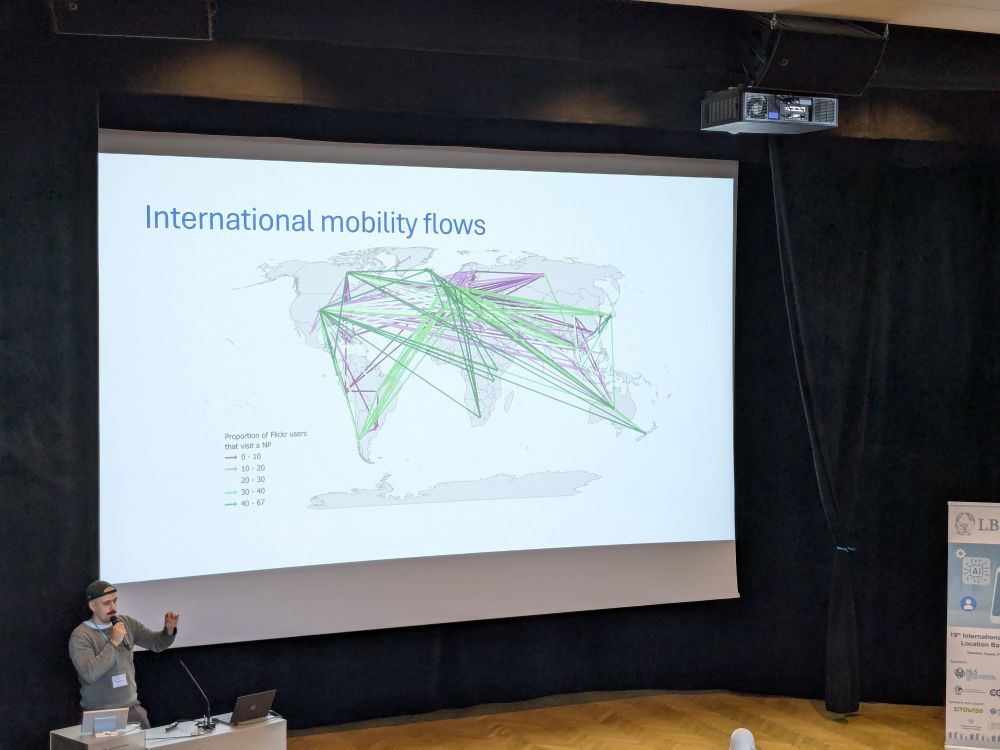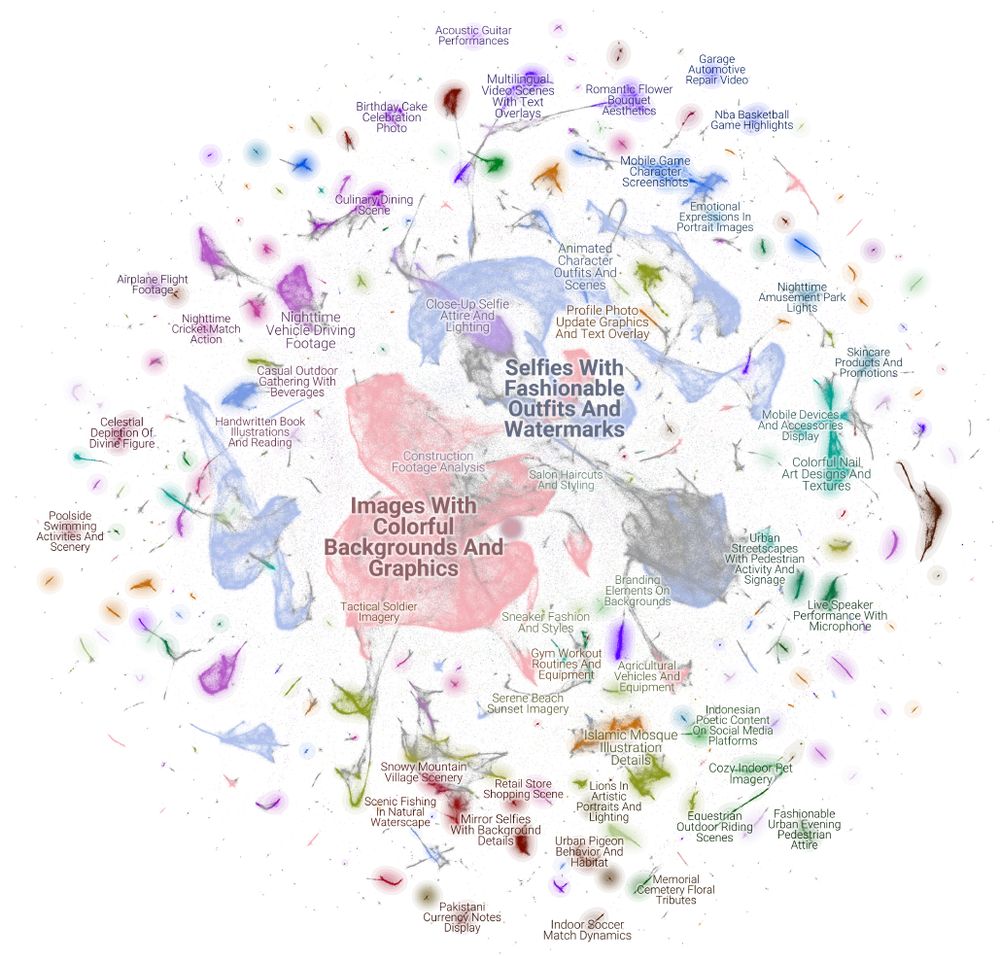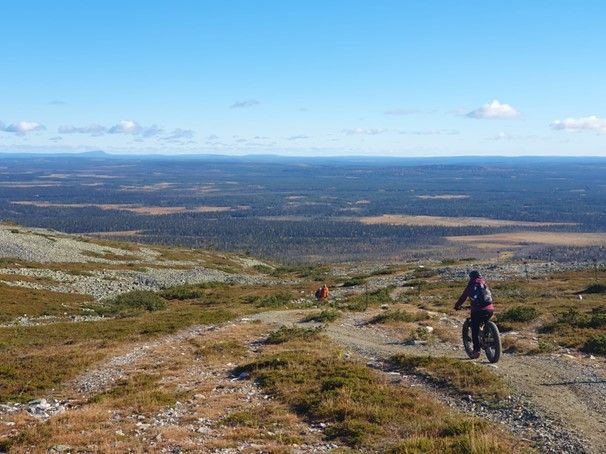Tatu Leppämäki
@tadusko.bsky.social
95 followers
180 following
17 posts
PhD researcher @digigeolab.bsky.social, geographer, dog enjoyer.
[email protected] over on 🦣
Posts
Media
Videos
Starter Packs
Pinned
Reposted by Tatu Leppämäki
Reposted by Tatu Leppämäki
Reposted by Tatu Leppämäki
Reposted by Tatu Leppämäki
Reposted by Tatu Leppämäki
Reposted by Tatu Leppämäki
Tuomas Väisänen 📼🧟
@waeiski.bsky.social
· Apr 15

RCF preparing call for universities to invite foreign researchers to Finland
The Research Council of Finland (RCF) is planning a new funding call to help universities recruit international experts to Finland. The call would be part of the RCF funding scheme that strengthens un...
www.aka.fi
Reposted by Tatu Leppämäki
Reposted by Tatu Leppämäki
Tatu Leppämäki
@tadusko.bsky.social
· Apr 4
Tatu Leppämäki
@tadusko.bsky.social
· Apr 4
Reposted by Tatu Leppämäki
Reposted by Tatu Leppämäki
Tatu Leppämäki
@tadusko.bsky.social
· Mar 28
Tatu Leppämäki
@tadusko.bsky.social
· Mar 28
Codes and derived datasets for the article: "The rise and fall of the social media platform Flickr: Implications for nature recreation research"
Processing and visualisation codes for replicating the results presented in the article The rise and fall of the social media platform Flickr: Implications for nature recreation research, Leppämäki…
buff.ly
Tatu Leppämäki
@tadusko.bsky.social
· Mar 28
Tatu Leppämäki
@tadusko.bsky.social
· Mar 28
Tatu Leppämäki
@tadusko.bsky.social
· Mar 28
